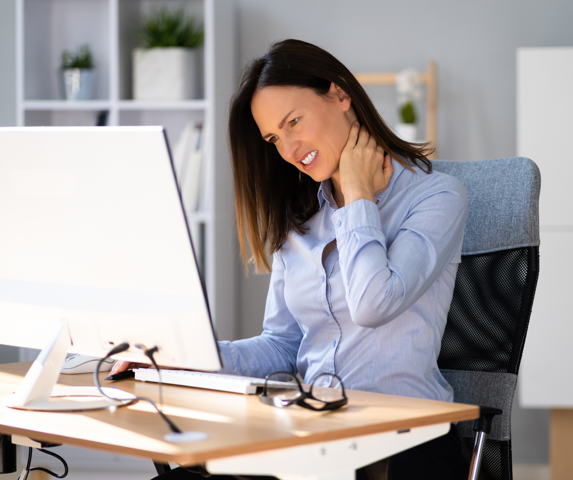WHAT DO I NEED TO KNOW ABOUT OSTEOPOROSIS? By Lisa-Marie Meister
- physiohillcrest
- Aug 28, 2020
- 2 min read

Osteoporosis affects many people as they become older. It is a reduction in the bone’s density (which makes bones weaker), when there is an imbalance between bone reabsorption and formation. This imbalance is normally accelerated in women after menopause, as there is a decrease in the production of oestrogen.
Is there anything that can be done to improve or prevent this? Exercise is an effective way of maintaining bone mass; this is especially true of weight bearing exercise such as walking. Exercise is associated with improved muscle strength, co-ordination and balance, and there is compelling evidence that it lessens the risk of falling. According to studies, an increase in bone density of approximately 26% is possible in certain bones as a result of exercise. Another study showed that eight weeks of balance exercises with lower limb strengthening / stretching exercises can improve postural control. Most fall-prevention programs are based on improving balance by increasing strength, endurance, flexibility, aerobic capacity and function.
Physiotherapy can help by giving you appropriate exercises which are unique to your needs and capabilities. A physiotherapist can then help progress the exercises when you get stronger and better; but also help with easing any associated pain which you might experience in your joints and muscles due to age related problems, by giving you hands-on treatment.
But for now, here are two simple exercises you could try every day to help improve your bone density and balance. These exercises concentrate on important muscle groups which are important for walking and recovering balance. Do each exercise 10 times a day.
1. Hold onto a chair / counter and ensure that your knees are in line with your hips and ankles and gently bend your knees and do a mini squat. Slowly straighten your knees again – ensure that your knees do not move in or out.
2. Hold onto a chair / counter and slowly go onto your toes and then slowly bring your heels down again i.e. heel raises.


For more information contact Lisa, Debbie, Kay or Nadia from Debbie Cameron Physiotherapy on 031 765 8898.
REFERENCES:
1. Angin E., Erden Z., Can F. 2015 The effects of clinical pilates exercises on bone mineral density, physical performance and quality of life of women with postmenopausal osteoporosis. Journal of Back and Musculoskeletal Rehabilitation 28:849-858
2. Burke T.N., Franca F.J.R., de Meneses S.R.F., Rodrigues Pereira R.M., Marques A.P. 2012 Postural control in elderly women with osteoporosis: comparison of balance, strengthening and stretching exercises. A randomized controlled trial. Clinical Rehabiliation 26(11):1021-1031
3. Lange U., Teichmann J., Uhlemann C. 2005 Current knowledge about physiotherapeutic strategies in osteoporosis prevention and treatment. Rheumatol Int. 26:99-106
4. Vaillant J., Vuillerme N., Martigne P., Caillat-Miousse J., Parisot J., Nougier V., Juvin R. 2006 Balance, aging, and osteoporosis effects of cognitive exercises combined with physiotherapy. Joint Bone Spine 73:414-418







Comments